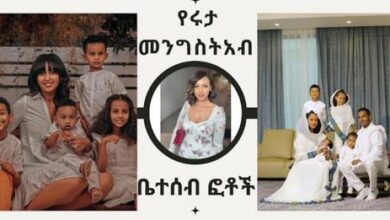Sad lover story
Ethiopia’s Oriental Standard Church (Conventional Church in Ethiopia) is autocephalous, and that implies delegating its own head, not expose to the power of an outside patriarch or ecclesiastical overseer. What’s more, the settle lives in the nation’s capital, Addis Ababa. The Ethiopia Conventional Tewahdo church is the biggest part of Oriental Standard Christian holy places in Ethiopia. The Conventional Church in Ethiopia, one of only a handful of exceptional pre-frontier Christian houses of worship in Sub-Saharan Africa, goes back millennia and has an ongoing enrollment of around 36 million individuals, most of whom live in Ethiopia.
It is an individual from the World Board of Chapels since its beginning. Subsequent to acquiring autocephaly in 1959, the Customary Church in Ethiopia united with the Eritrean Standard Tewahedo Church, the Coptic Conventional Church of Alexandria, the Malankara Universal Syrian Church, the Armenian Missional Church, and the Syriac Conventional Church.
The Oriental Standard Chapels take on Cyril of Alexandria’s miaphysitic Christological view, which advocates one nature of the Expression of God in bodily form and a hypostatic association, as supported by Cyril of Alexandria, the main hero in the Christological discussions of the fourth and fifth hundreds of years. This position varied in that the manifest Christ has one nature, yet that nature is comprised of the two qualities, heavenly, and human, and holds every one of their attributes after the association.
Miaphysitism holds that heavenliness and humankind are participated in one nature in the one person of Jesus Christ, where Christ is consubstantial with God the Dad, without division, misconception, change, or blending. Around 500 diocesans from the patriarchates of Alexandria, Antioch, and Jerusalem declined to embrace the dyophysitism (two qualities) teaching proclaimed by the Chamber of Chalcedon in 451, driving the Roman Realm’s principal church to part for the subsequent time.
They acquired the lord’s certainty and were conceded consent to proselytize in Aksum (a strong realm in northern Ethiopia). Frumentius absolved the succeeding ruler, Ezana, and Christianity turned into the state religion. Nine Syrian priests are said to have acquainted devotion with Ethiopia toward the finish of the fifth hundred years, advancing the interpretation of the Book of scriptures into the Ge’ez language.
In contradicting the Christological choice gave by the Chamber of Chalcedon in 451 CE that the human and heavenly qualities of Jesus Christ were similarly present in one individual without coexisting, the Ethiopian church took on the Coptic (Egyptian) church (presently called the Coptic Conventional Church of Alexandria).
The Coptic and Ethiopian temples, rather than this dyophysitism, or two-species tenet, guaranteed that the human and heavenly qualities were similarly present through the secret of the Manifestation inside a solitary nature.
The Roman and Greek temples deciphered this position, known as miaphysitism or single-nature regulation, as a blasphemy known as monophysitism, or the possibility that Christ had just a single heavenly nature. The Ethiopian church embraced the term tewahedo, which is a Wow word that signifies “solidarity” and mirrors the congregation’s miaphysite values.











